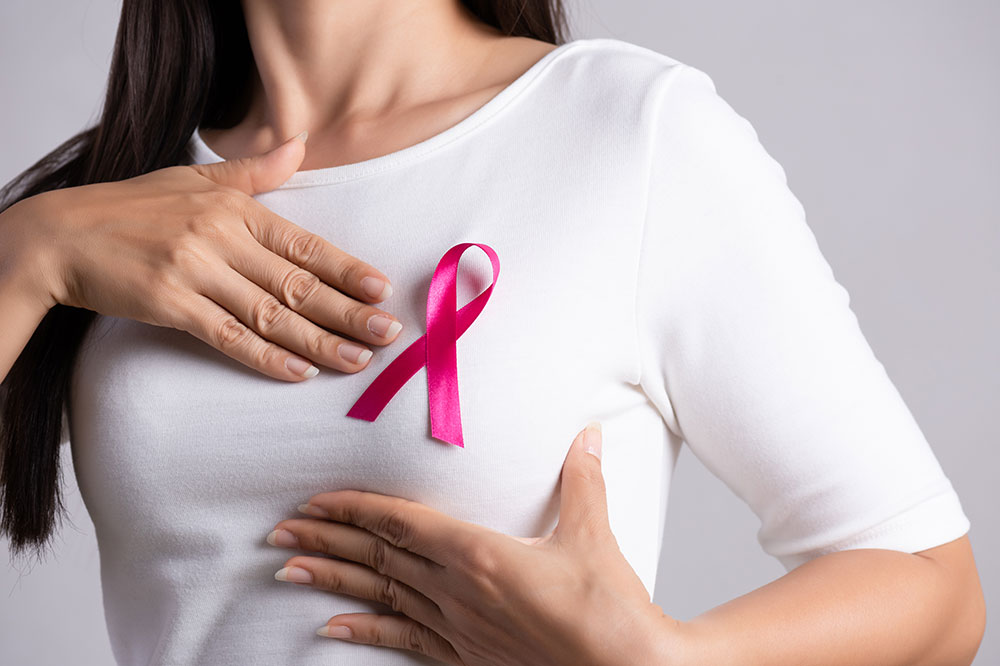
Breast Cancer Types and Early Warning Signs
While men and women are frequently diagnosed with breast cancer, its occurrence is far more common in women. Technology and research have helped with the treatment of cancers. With time, people have become more aware of the types of breast cancer and the symptoms associated with it.
Types of Breast Cancer
There are two types of breast cancer
- Invasive
Generally categorized as stages 1, 2, 3, and 4, such an infiltrating cancer type is diagnosed when it has spread to surrounding tissues. - Non-Invasive
Non-invasive breast cancer is diagnosed when cancer has not spread from the originating tissue. This is generally referred to as Stage 0.
Depending on the tissue that is affected by cancer, it is further classified as:
1. Ductal carcinoma
In most studies of types of breast cancer and symptoms , you will find that ductal carcinoma is the most common type. This type of cancer is formed in the lining of the milk ducts present in the breast.
2. Sarcoma
This type of cancer is quite rare. It occurs in the breast’s connective tissue.
3. Lobular carcinoma
There are quite a few lobules present in the breast. Cancer that originates in these lobules is called lobular carcinoma.
Warning signs
Generally, a lump in the breast is a sign of breast cancer. However, not all lumps are malignant. They may be classified as benign or non-carcinogenic. Understanding the types of breast cancer and its symptoms are important in the fight against cancer. Different people present different symptoms, while others do not show any for a long time.
Here are some of the symptoms:
1. If there is a commonality in the types of breast cancer and symptoms , then it is the emergence of a lump. Such lumps are generally seen in the breast or the armpit area.
2. Another common symptom is a dimpling of the skin along with irritation in the breast.
3. There is an abnormal swelling around the breast or a thickening in the skin in that area.
4. One of the other common signs of breast cancer is redness or flaking of the skin in the nipple area of the breast.
5. Another sign of breast cancer would be a pain in the nipple along with pulling in of the nipple.
6. Generally, any kind of discharge must be investigated. If a person sees nipple discharge (other than milk), including blood, then this must be examined thoroughly to rule out breast cancer.
7. Any change in the shape or size of the breast, along with associated pain in the area, must be explored thoroughly.
There may be many conditions or reasons for lumps in the breasts. While cancer may be one of the causes, a deeper investigation by physicians will reveal the actual cause and treatment of such lumps.


